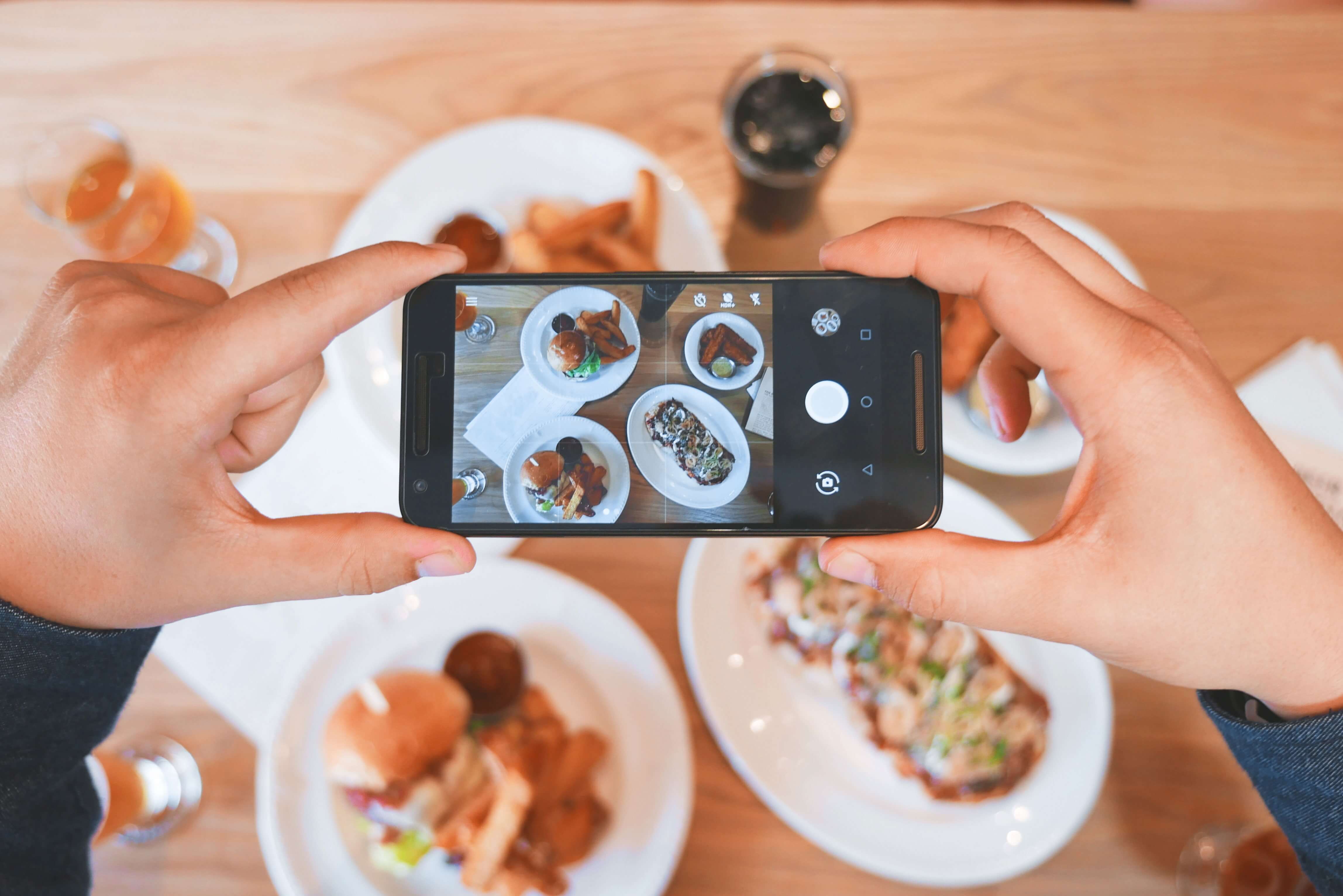Get <3 for Your Brand: Must-Have Instagram Tools
The following blog is the second part of a series. Read Get ♥ for Your Brand: Actionable Instagram Marketing to learn more about the elements of...
I know what I am looking for, and would like to chat.
A team of data-driven marketers obsessed with generating revenue for our clients.
Because the proof is in the pudding.
At Campaign Creators we live by three principles: Autonomy, Mastery, Purpose.

Anyone who is not a Millennial (or the parent of a Millennial) may be scratching his or her heads over the term “Snapchat”. What is Snapchat?
For those of you who don’t know—Snapchat is one of the newest forms of social media in today’s era.
According to Google “Snapchat is a photo messaging application developed by Evan Spiegel, Bobby Murphy, and Reggie Brown, then Stanford University students. Using the application, users can take photos, record videos, add text and drawings, and send them to a controlled list of recipients.”
Essentially, Snapchat allows you to take photo or video, send it to a selected friends, and the content will automatically erase itself from their devices after a certain amount of seconds. You can also create content and place it on your semi-public “Story”, which is a personal collection of Snapchats from throughout the day that anyone on your friends list may view.
Though some may find this social media platform to be nothing more than a source of entertainment for the younger generations, over the past year, Snapchat has taken bounds towards becoming a new face in digital marketing.
The most recent example happens to come from yesterday’s Golden Globes award ceremony.
Earlier this year, Snapchat released a feature called “Our Story”, where users present in corresponding areas could submit their own content for geo-specific events, such as Electric Daisy Carnival (EDC) in Las Vegas or the World Cup in Brazil.
Snapchat users across the world may have been delighted to witness that yesterday’s “Our Story” featured live footage from the Golden Globes award ceremony in Beverly Hills. Celebrities such as Jared Leto, George Clooney, Lana del Rey, Jessica Chastain, Keira Knightly, and Heidi Klum were featured in face-to-face format. People who the general public have only known through movie and television screens suddenly bounced to life in the raw, unedited photo and video provided by the event’s attendees.
Though this event was not sponsored directly by a company, it is clear that the platform is trying to demonstrate its reach and potential as a marketing tool.
In fact, this only comes shortly after the company’s November 2014 release of its newest marketing push—the Sponsored “Our Story”—where brands can pay to sponsor a Story that intermeshes user-generated with brand-created content.
The feature was first employed by Samsung Galaxy at the 2014 American Music Awards (AMAs), though it has not been disclosed whether this method boosted the brand’s sales or not.
The induction of sponsored stories only leaves room to question what the future of Snapchat marketing may hold.
Snapchat marketing is a relatively un-pioneered territory, and some sources claim that Snap-marketing hasn’t taken off yet because “marketers don’t understand it yet.”
For starters, Snapchat marketing limits the accessibility of a campaign. The campaign is only available to those who have the app installed, and that does not account for the fact that many may not use the app regularly. This limitation makes it hard, if not impossible, to reach unknown markets. Instead, it is better for remarketing to people already in a company’s database.
Because of this, Snapchat marketing is likely better suited for a large consumer product company, like Target or Wal-Mart. A smaller company may not have the appropriate budget to support a non-targeted campaign like this, where a larger company may be interested in this type of campaign simply for building brand presence.
Also, one must consider the demographic on Snapchat. Though the profile of a typical Snapchat user is reaching new demographics every day, the majority of the user base is the younger millennial. If this demographic is not part of a businesses’ target market, why waste the funds marketing to them?
At this point, it’s hard to say what the future of Snapchat marketing looks like. What are your thoughts? Do you think that Snapchat will shoot up as a future marketing super platform? Let us know in the comments below!

The following blog is the second part of a series. Read Get ♥ for Your Brand: Actionable Instagram Marketing to learn more about the elements of...

I am not part of the social media generation. Though I am situated at the tail end of the age group we now call “The Millenials,” I grew up in a time...

“Content is king,” Bill Gates stated in his now-famous ’96 article. “But to be successful online,” he writes, “a magazine can't just take what it has...